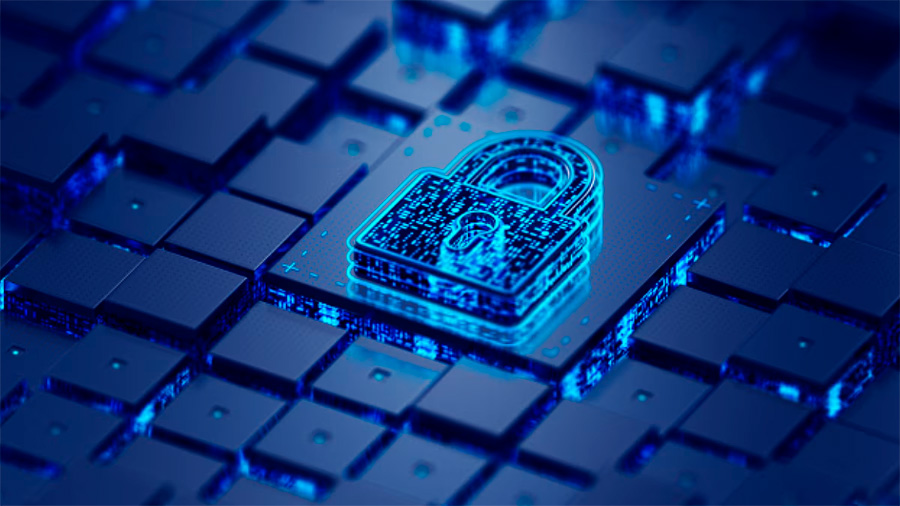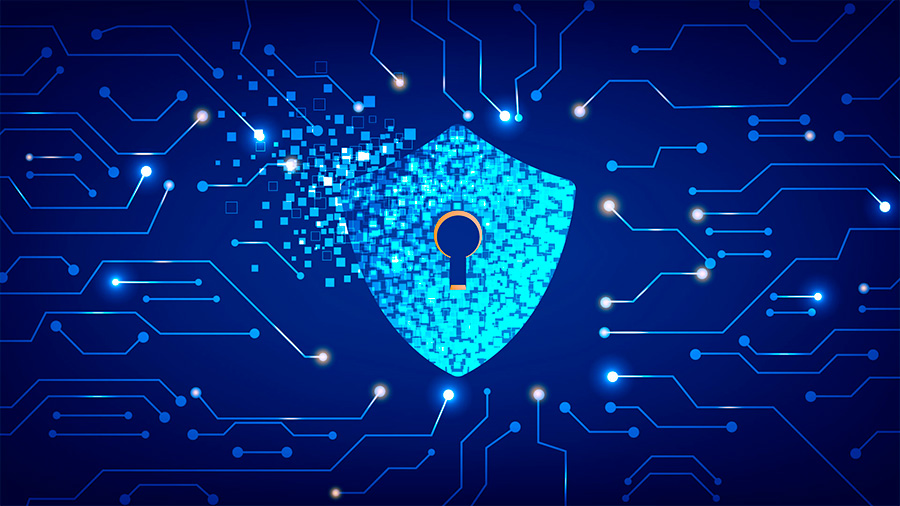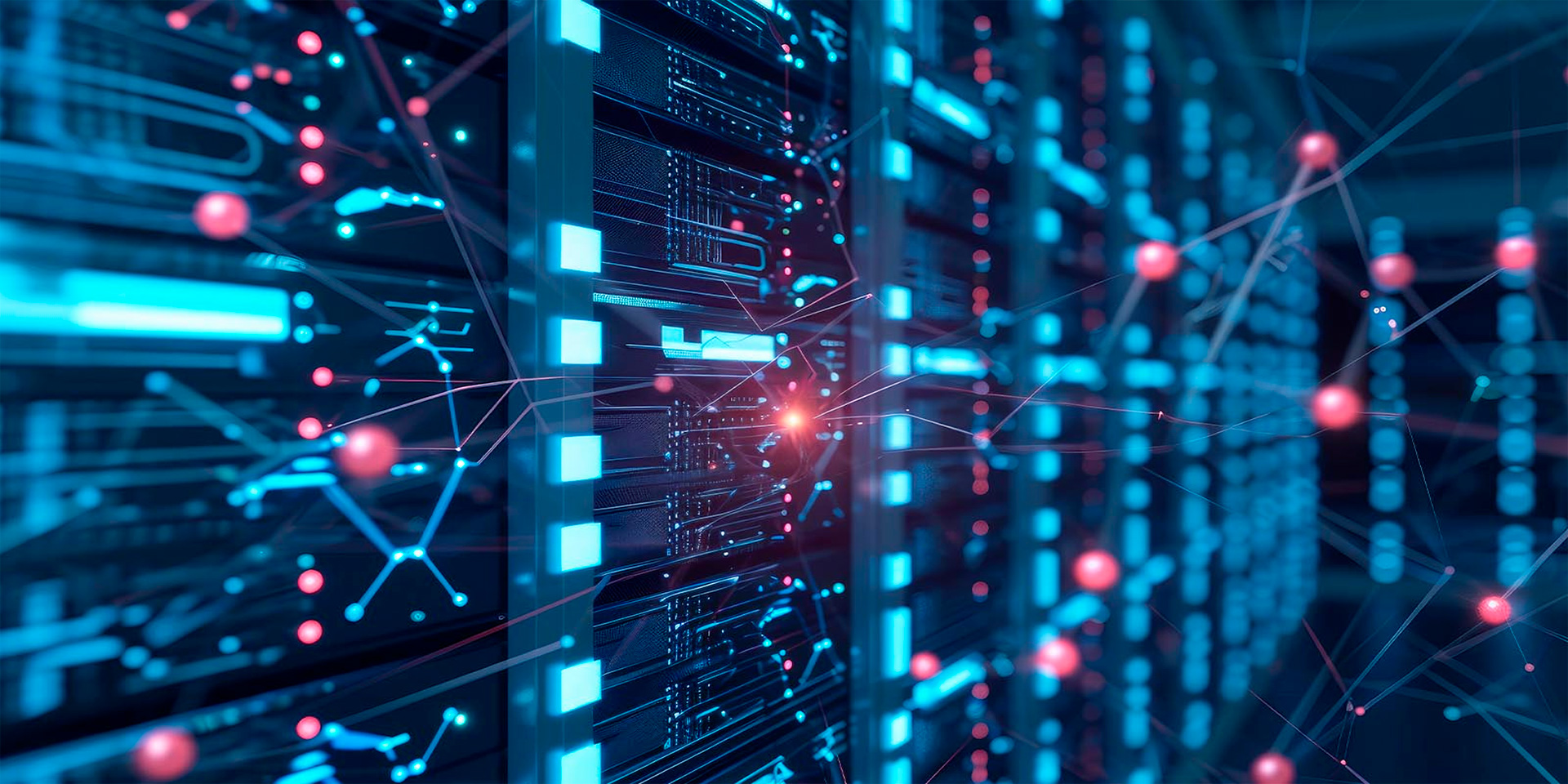
Emerging Technologies Revolutionizing Internet Security: Staying Ahead of Cyber Threats
As the digital landscape continues to evolve, so do the threats to internet security. Cybercriminals are becoming increasingly sophisticated, necessitating the development of advanced technologies to combat these threats. This article explores emerging technologies in internet security and how they are shaping the future of cybersecurity.
The Growing Importance of Internet Security
With the proliferation of online services and the increasing amount of sensitive data being shared and stored online, internet security has never been more critical. Businesses, governments, and individuals must stay ahead of cyber threats to protect their data and maintain trust in digital systems.
Rising Cyber Threats
The frequency and complexity of cyber attacks are on the rise. From ransomware and phishing to advanced persistent threats (APTs) and zero-day vulnerabilities, the variety of attack vectors is expanding, making robust security measures essential.
Regulatory Requirements
Governments and regulatory bodies worldwide are implementing stricter data protection and cybersecurity laws. Compliance with regulations such as GDPR, CCPA, and HIPAA requires advanced security technologies and practices to safeguard sensitive information.
Economic Impact
Cybersecurity breaches can have severe financial implications, including direct financial losses, reputational damage, and legal penalties. Investing in emerging security technologies is crucial for mitigating these risks and protecting business interests.

Emerging Technologies in Internet Security
Several emerging technologies are poised to transform the field of internet security, offering advanced solutions to combat evolving cyber threats.
Artificial Intelligence and Machine Learning
Artificial intelligence (AI) and machine learning (ML) are revolutionizing cybersecurity by enabling more sophisticated threat detection and response mechanisms. These technologies can analyze vast amounts of data to identify patterns and anomalies that may indicate cyber threats.
- Threat Detection and Prevention: AI-powered systems can detect unusual behavior and potential threats in real time, allowing for proactive measures to prevent attacks.
- Automated Response: Machine learning algorithms can automate responses to detected threats, reducing the time to mitigate and neutralize cyber incidents.
- Fraud Detection: AI and ML are effective in identifying fraudulent activities, such as unauthorized transactions and account takeovers, by analyzing user behavior and transaction patterns.
Blockchain Technology
Blockchain technology offers enhanced security features that can be applied to various aspects of internet security, particularly in ensuring data integrity and secure transactions.
- Data Integrity: Blockchain’s decentralized and immutable ledger ensures that data cannot be tampered with, providing a high level of data integrity and trust.
- Secure Transactions: Blockchain can be used to secure financial transactions, supply chain operations, and other critical processes by providing transparent and tamper-proof records.
- Identity Management: Blockchain-based identity management systems offer secure and verifiable digital identities, reducing the risk of identity theft and fraud.
Quantum Cryptography
Quantum cryptography leverages the principles of quantum mechanics to create highly secure encryption methods that are theoretically immune to traditional hacking techniques.
- Quantum Key Distribution (QKD): QKD allows for the secure exchange of cryptographic keys, ensuring that any attempt to intercept or tamper with the keys is detectable.
- Enhanced Encryption: Quantum cryptography offers the potential for unbreakable encryption, protecting sensitive data from future quantum computing threats.
Zero Trust Architecture
Zero Trust Architecture (ZTA) is a security model that assumes no entity, whether inside or outside the network, can be trusted by default. It requires continuous verification of all users and devices accessing resources.
- Continuous Authentication: ZTA involves constant verification of user identities and device health, ensuring that only authorized users and devices can access sensitive data and systems.
- Least Privilege Access: ZTA enforces the principle of least privilege, granting users the minimum access necessary to perform their tasks, reducing the risk of insider threats and lateral movement by attackers.
5G Security
The rollout of 5G networks brings new security challenges and opportunities. Enhanced connectivity and increased device density require robust security measures to protect against potential threats.
- Network Slicing Security: 5G allows for network slicing, where virtual networks are created within a single physical network. Each slice can have tailored security measures to protect specific applications and services.
- IoT Security: 5G’s high-speed connectivity supports the proliferation of IoT devices. Implementing strong security protocols for IoT devices is crucial to prevent vulnerabilities and cyber attacks.
Biometric Security
Biometric security leverages unique biological traits, such as fingerprints, facial recognition, and voice patterns, to authenticate users securely.
- Multi-Factor Authentication (MFA): Combining biometrics with traditional authentication methods (e.g., passwords) enhances security by adding an extra layer of verification.
- Access Control: Biometric systems provide secure and convenient access control for physical and digital environments, reducing the risk of unauthorized access.

Challenges and Considerations
While emerging technologies offer significant advancements in internet security, they also present challenges and considerations that must be addressed.
Implementation Complexity
Integrating new security technologies into existing systems can be complex and resource-intensive. Organizations must ensure they have the necessary infrastructure and expertise to implement and manage these technologies effectively.
Privacy Concerns
Emerging technologies, particularly AI and biometrics, raise privacy concerns. Organizations must balance security needs with privacy protection, ensuring compliance with data protection regulations.
Adversarial Attacks
Cybercriminals are continually developing new methods to circumvent advanced security measures. Continuous research and development are required to stay ahead of adversarial attacks and ensure the effectiveness of emerging technologies.
Case Study: Implementing AI for Threat Detection
An organization faced increasing cyber threats and needed a more proactive approach to threat detection and response. They implemented an AI-powered cybersecurity solution that utilized machine learning algorithms to analyze network traffic and detect anomalies.
The AI system continuously monitored network activity, identifying suspicious behavior and potential threats in real-time. When a threat was detected, the system automatically alerted the security team and initiated predefined response actions to mitigate the risk.
As a result, the organization significantly improved its threat detection capabilities, reducing the time to identify and respond to cyber incidents. The AI-powered solution also enabled the security team to focus on more complex and strategic tasks, enhancing overall cybersecurity posture.
Conclusion
Emerging technologies in internet security are shaping the future of cybersecurity, offering advanced solutions to combat evolving threats. Artificial intelligence, blockchain, quantum cryptography, zero trust architecture, 5G security, and biometric security are among the key technologies driving this transformation. While these technologies present challenges, their potential to enhance security, protect data, and ensure privacy is immense. By staying informed and adopting these advancements, organizations can stay ahead of cyber threats and safeguard their digital assets in an increasingly connected world.
You May Also Like

The Vital Role of Continuous Learning in IT: Strategies for Career Advancement
February 4, 2024
Ensuring Reliable Server Operations: A Guide to Effective Troubleshooting and Maintenance
May 17, 2024
